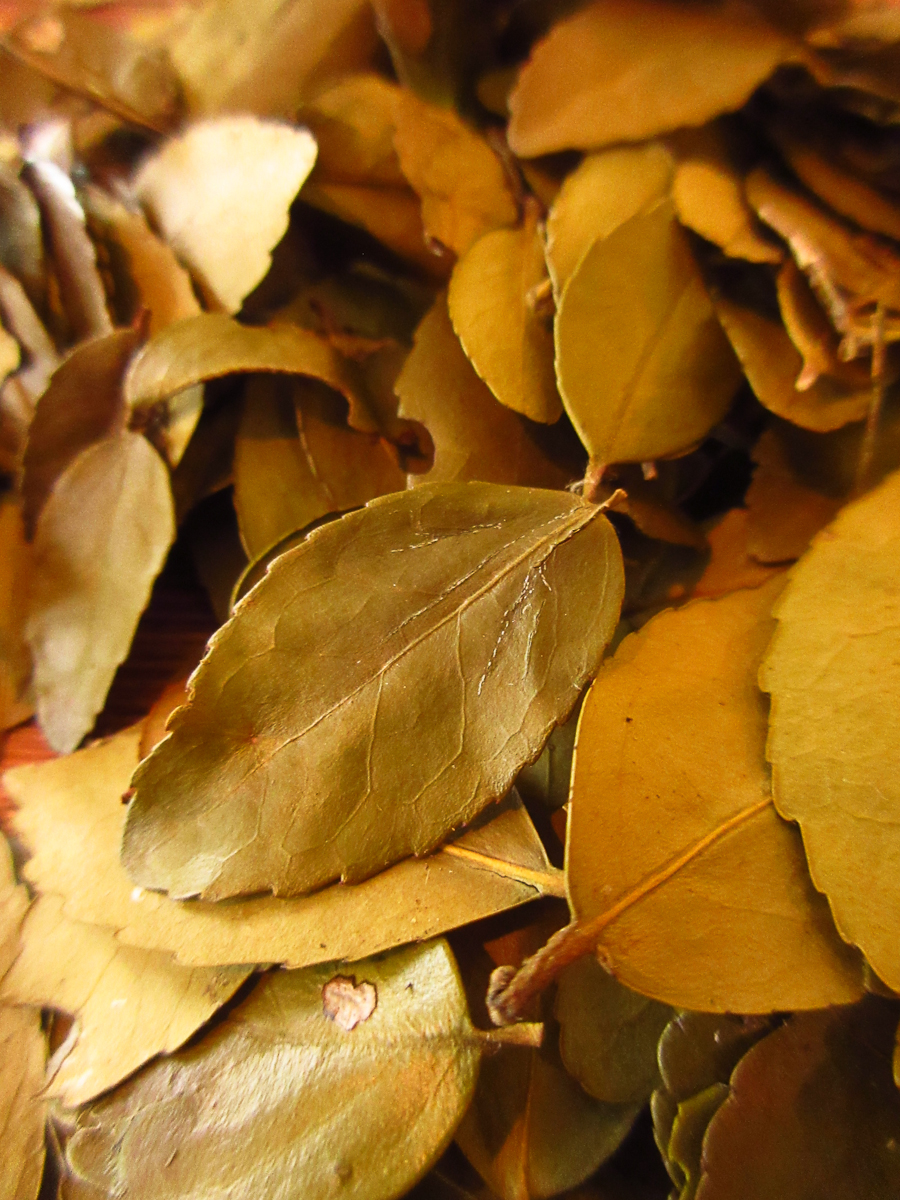Sea craft and sea foods

A short family reunion/vacation to the Outer Banks, a chance to experiment with some wild foods and crafts.
1. Yaupon tea (Ilex vomitoria)
Maligned with a bad Latin name (maybe deliberately), the foliage of this shrub is/was a cherished Native American beverage. I looked into it years ago but couldn't get much information and don't live nearby any to try it. Daniel Vitalis has been hyping this native caffeine producing beverage much of late, so I figured we'd give it a try while in its haunts -- maritime forests and edges (south of our usual geographical area here in NJ).
Makes a nice tea. I dry roasted the fresh leaves in the oven, about 7 minutes at 300 degrees. Came out as a nice light roast, flavor a bit like green tea, some hints of its relative, yerba mate. Didn't get any caffeine buzz, which was nice -- caffeine makes me tweakers.
Foliage of Yaupon, a native holly species
Dry roasted for tea
2. Real sea salt from the beach
I walked down to the beach with a quart-sized pot, scooped up some water. Filtered it through a coffee filter to remove sand and shells. Put it on the stove (rental, sweet rental) and evaporated off the water. Didn't look like anything was happening until the very end, all of a sudden salt crystals formed in a cloudy brine.
Rachel's relatives were impressed, but at the very next meal the morton's salt shaker was back out. Habits and convenience, hard patterns to break!
Back home, I ran it through the dehydrator for a bit to get the salt completely dry. It dried in rough crystalline sheets, pretty cool.
Homemade OBX sea salt!
3. Driftwood cedar root basket
Walking along the sound side of Hatteras Island, I saw a long pale root jutting out from the sand, just yearning to be a basket. Followed it to its source, an old driftwood red cedar (Juniperus virginiana) that had washed up in a storm and become partially buried.
The roots have exceptional flexibility, and split in half longwise like a dream.
Just the night before finding the cedar roots, I'd read some cedar basket mythology to Beren (in Joseph Bruchac's Native Plant Stories). Funny how that works.
I put some time into this basket. It's sloppy but has a lot of character.
Cedar root basket
4. Acorn baked goods!
OK, this was back at home before leaving for vacation, late September. Chestnut oak (Quercus montana) has being having a banner acorn year. I picked up Acorns: Recipes For the Forgotten Food from Julie over at Practical Primitive after a class there.
After some mediocre attempts in previous years using the hot leaching method, this book got us set straight with an easy cold leaching method.
The resulting acorn and corn muffins and acorn waffles were hearty and delicious, both superior to their plain vanilla domestic starch versions.
Acorn and corn muffins - as good as they look!
Waffle with acorn flour (and wheat flour), also delicious
After we made the muffins, we collected a five gallon bucket worth of acorns from our neighbor's driveway
Making acorn flour








